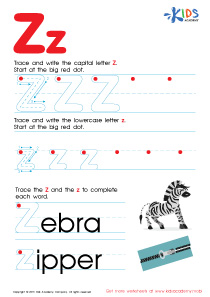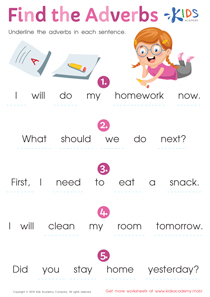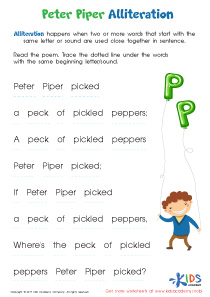Fine Motor Skills Extra Challenge Grade 3 Letter Recognition Worksheets
7 filtered results
-
From - To
Enhance your third grader's letter recognition and fine motor skills with our engaging worksheets! Designed specifically for Grade 3, these extra challenge activities help students identify and reinforce their understanding of the alphabet while developing their handwriting, cutting, and coloring abilities. Each worksheet encourages creativity and concentration, turning essential practice into an enjoyable experience. Perfect for classroom or at-home use, our letter recognition worksheets offer a variety of exercises, from tracing letters to completing fun alphabetic scenes. Give your child the opportunity to refine their skills and boost their confidence in literacy with our thoughtfully crafted resources. Explore our collection today!
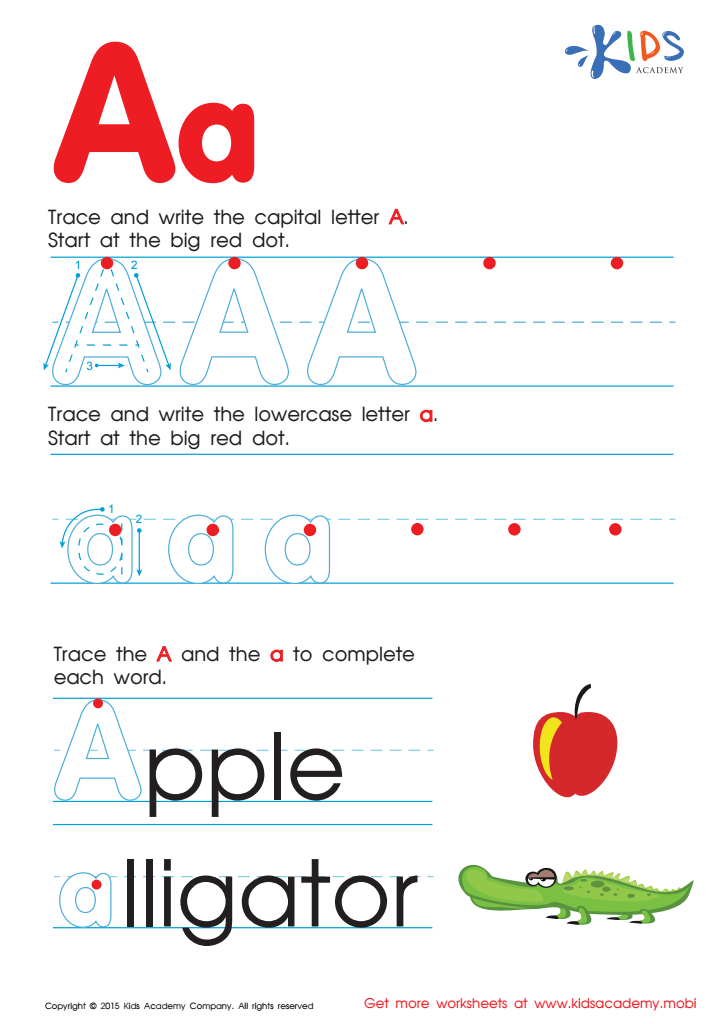

Letter A Tracing Page
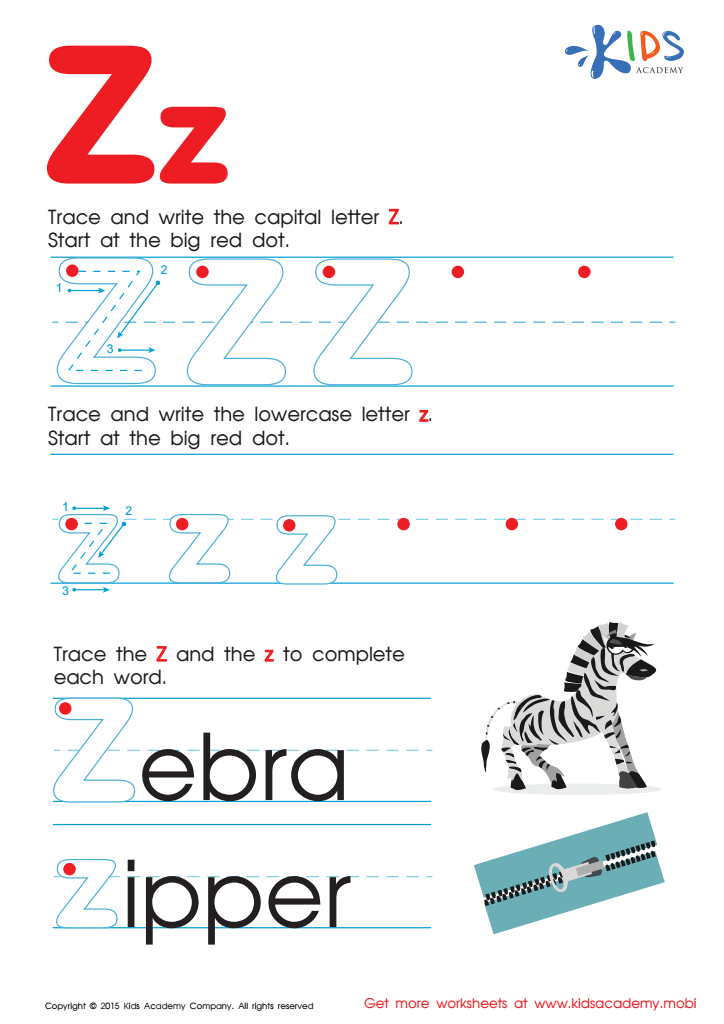

Letter Z Tracing Page
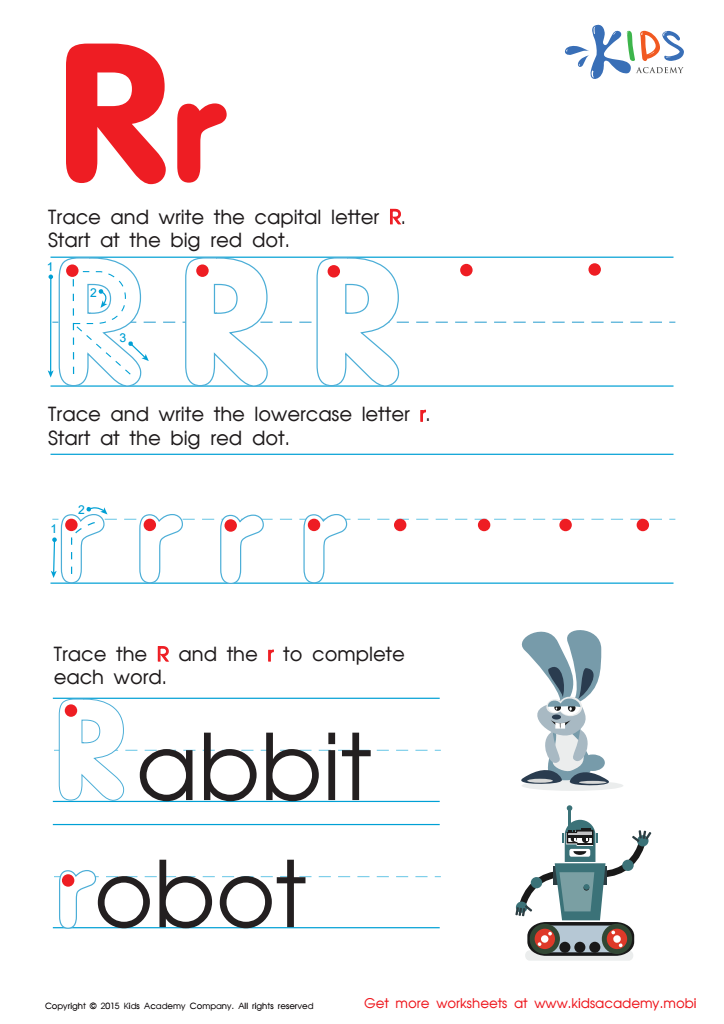

Letter R Tracing Page
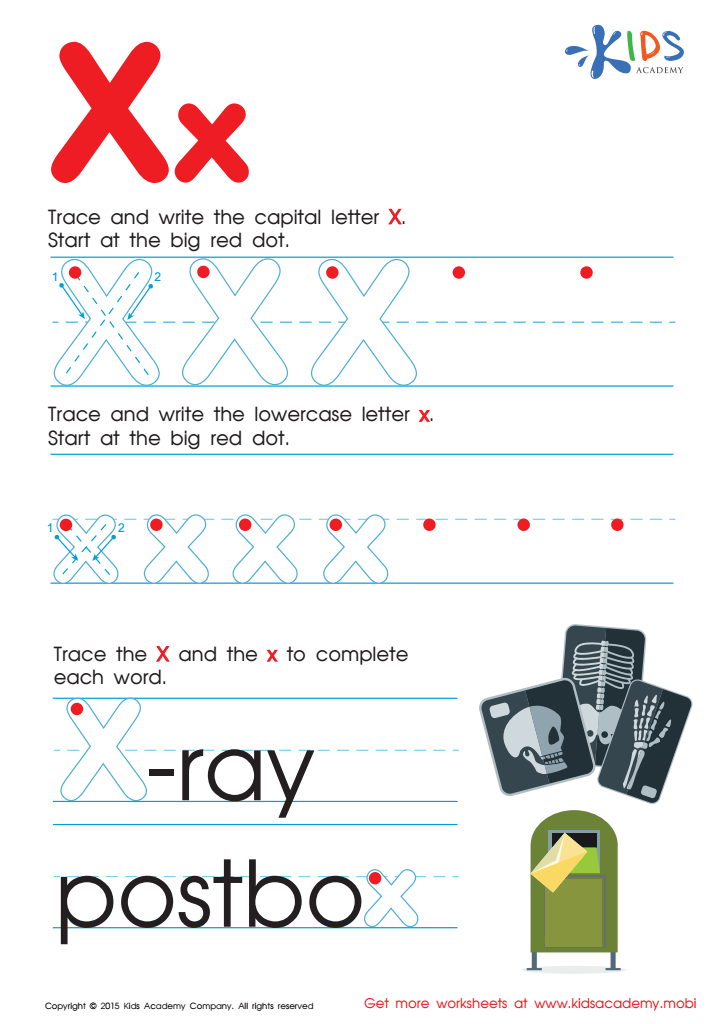

Letter X Tracing Page


Letter U Tracing Page
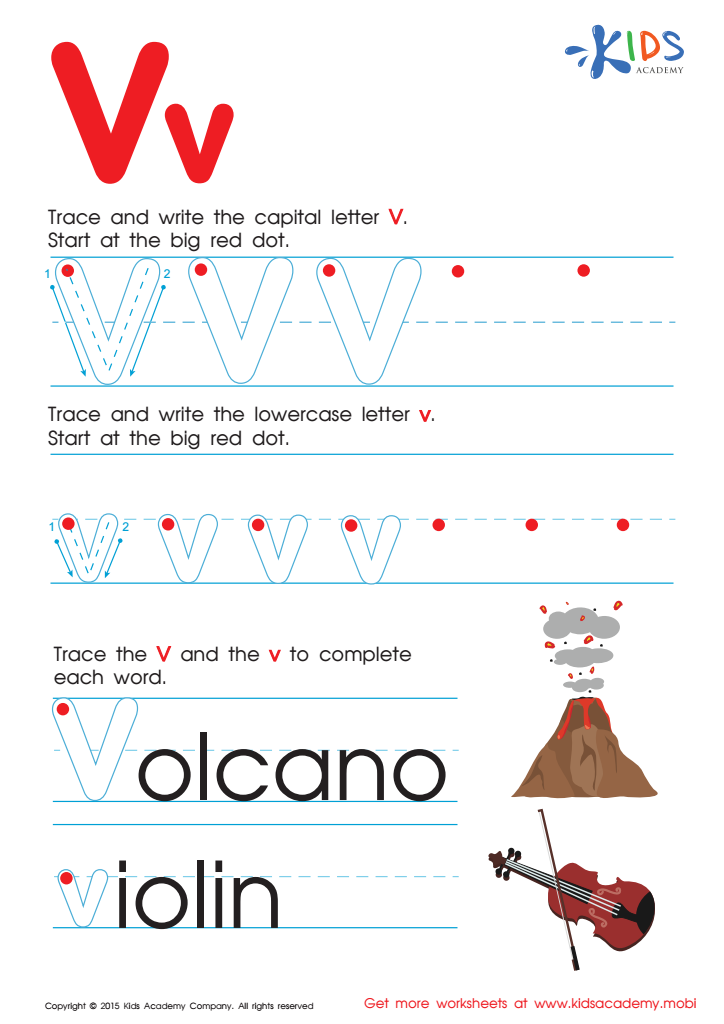

Letter V Tracing Page
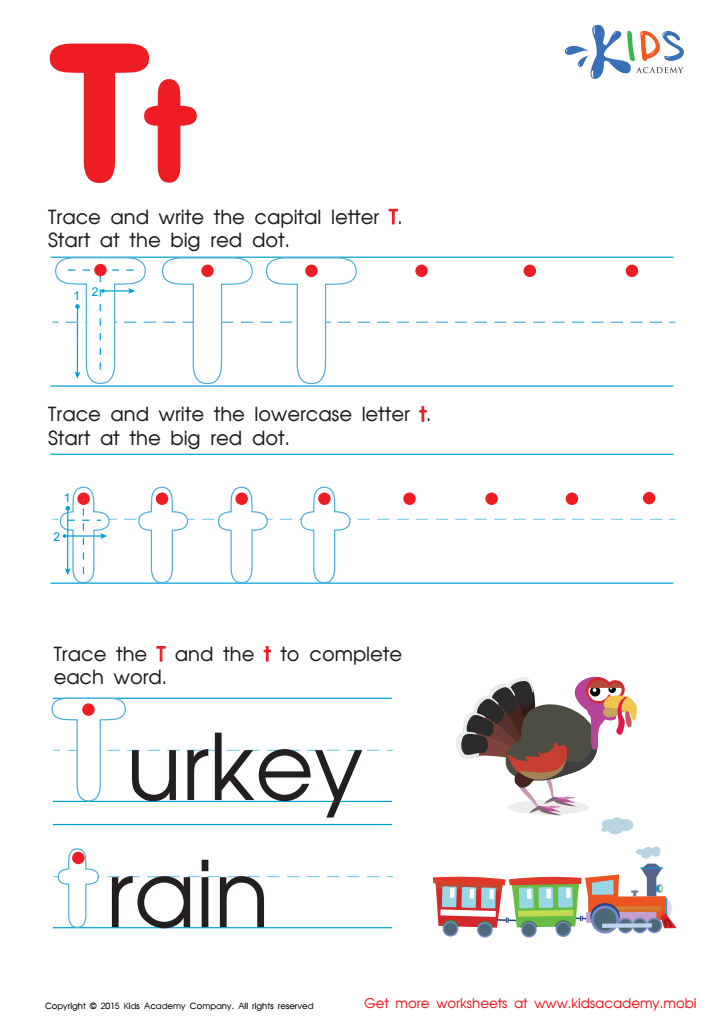

Letter T Tracing Page
Fine motor skills and letter recognition are crucial components of early childhood education, especially in Grade 3. Parents and teachers should prioritize these skills for several reasons.
Firstly, fine motor skills enhance children's ability to perform tasks requiring hand-eye coordination, such as writing, cutting, and drawing. These skills lay the foundation for academic success, enabling students to express their thoughts clearly and creatively. As children progress through school, strong fine motor abilities facilitate independent learning and boost self-confidence.
Secondly, letter recognition is fundamental in developing reading and writing skills. By mastering letter recognition, children begin to decode words, which is essential for literacy development. This skill paves the way for better communication and comprehension, allowing students to interact with texts meaningfully.
Moreover, the combination of fine motor skills and letter recognition builds critical thinking and problem-solving abilities. Engaging in activities that challenge these skills can help children learn more effectively and develop a lifelong love of learning.
Therefore, parents and teachers must engage in activities that promote fine motor skills and letter recognition, providing children with essential tools necessary for academic and personal growth. Prioritizing these developmental areas contributes to well-rounded, skilled learners ready to take on new challenges.
 Assign to My Students
Assign to My Students






